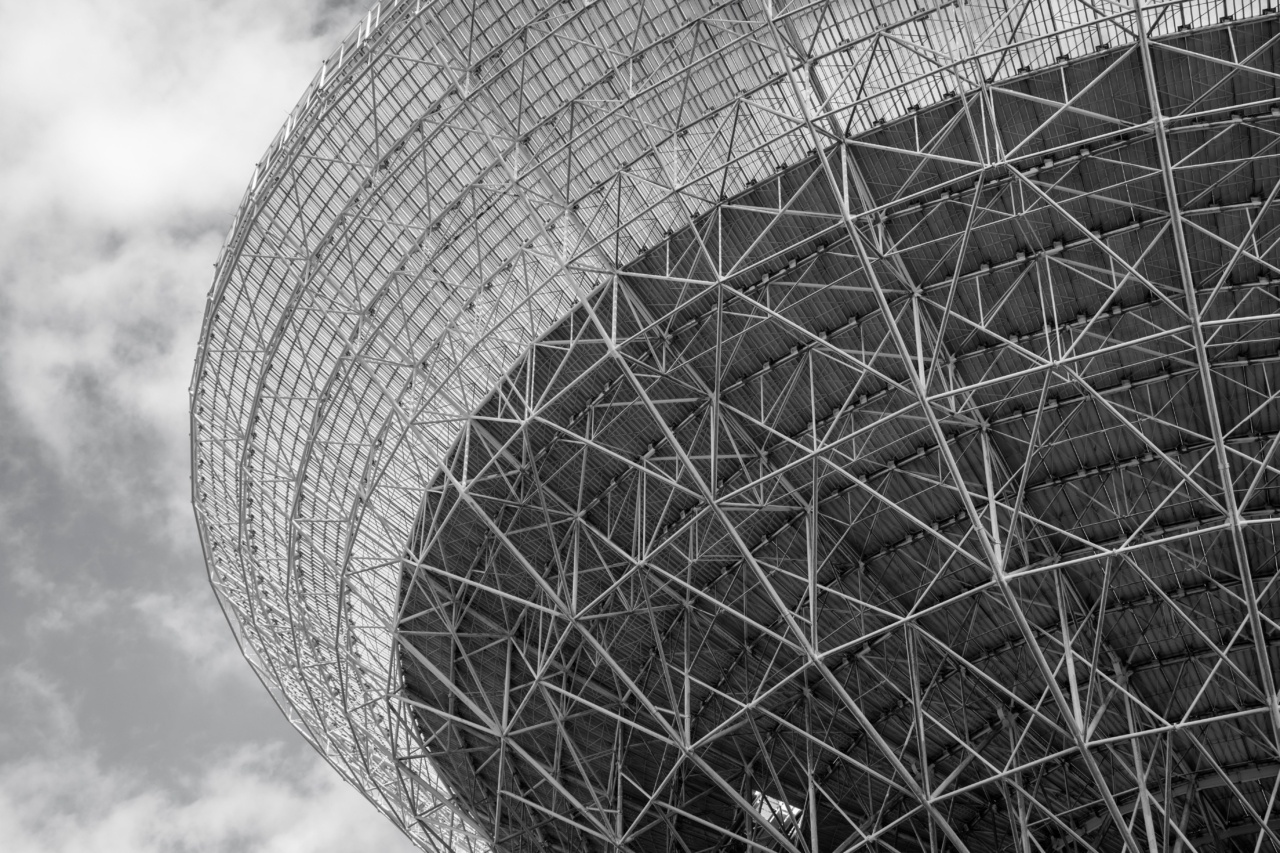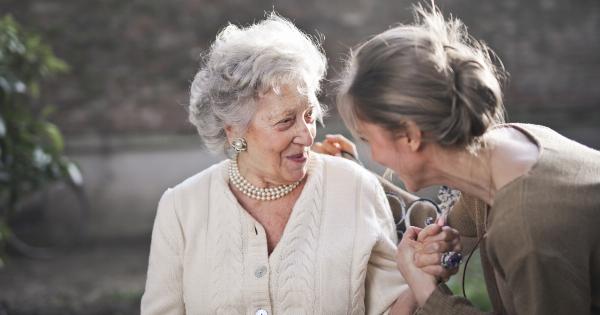Wrinkles are a natural part of aging, but some wrinkles are caused by the repeated movement of specific muscles in the face.
These types of wrinkles, known as expression wrinkles, can be caused by smiling, frowning, squinting, and other facial expressions. Understanding the science behind expression wrinkles can help us learn how to prevent and reverse them.
The Anatomy of Expression Wrinkles
Expression wrinkles are caused by the repeated contraction of facial muscles. Over time, these contractions can cause grooves and wrinkles in the skin. The muscles that cause expression wrinkles include:.
- Orbicularis oculi: responsible for squinting and causing crow’s feet
- Corrugator supercilii: responsible for frowning and causing forehead wrinkles
- Zygomaticus: responsible for smiling and causing smile lines
The Role of Collagen and Elastin
Collagen and elastin are two proteins that are essential for healthy, youthful skin. Collagen gives skin its structure, while elastin allows skin to stretch and snap back into place.
As we age, our bodies produce less collagen and elastin, which can lead to sagging skin and wrinkles. The repeated movement of facial muscles can also break down collagen and elastin, which can contribute to the formation of expression wrinkles.
How to Prevent Expression Wrinkles
Preventing expression wrinkles requires a combination of lifestyle changes and skincare practices. Here are some tips for preventing expression wrinkles:.
- Wear sunscreen: UV rays can break down collagen and elastin, so wearing sunscreen every day can help prevent expression wrinkles.
- Avoid smoking: Smoking can accelerate the aging process and contribute to the formation of wrinkles.
- Wear sunglasses: Squinting in bright light can contribute to the formation of crow’s feet, so wearing sunglasses can help prevent these wrinkles.
- Get enough sleep: Lack of sleep can lead to sagging skin and could make expression wrinkles more noticeable.
- Use anti-aging skincare products: Moisturizing regularly and using products with retinoids can help boost collagen production and prevent the formation of expression wrinkles.
Treatments for Expression Wrinkles
If you already have expression wrinkles, don’t worry – there are several treatments available that can help reduce their appearance. Here are some popular treatments for expression wrinkles:.
- Botox: Botox is a neuromodulator that temporarily paralyzes the muscles that cause expression wrinkles. This treatment is effective for crow’s feet and forehead wrinkles.
- Dermal fillers: Dermal fillers can be injected into smile lines and other wrinkles to plump up the skin and smooth out the creases.
- Laser resurfacing: Laser resurfacing uses a laser to remove the top layer of skin and stimulate collagen production. This treatment can be effective for wrinkles on the forehead, around the mouth, and on the cheeks.
- Chemical peels: Chemical peels use an acid solution to remove the top layer of skin and smooth out wrinkles.
Conclusion
Expression wrinkles are a natural part of aging, but there are ways to prevent and treat them.
By understanding the anatomy of expression wrinkles and the role of collagen and elastin, we can take proactive steps to keep our skin looking youthful and smooth.































